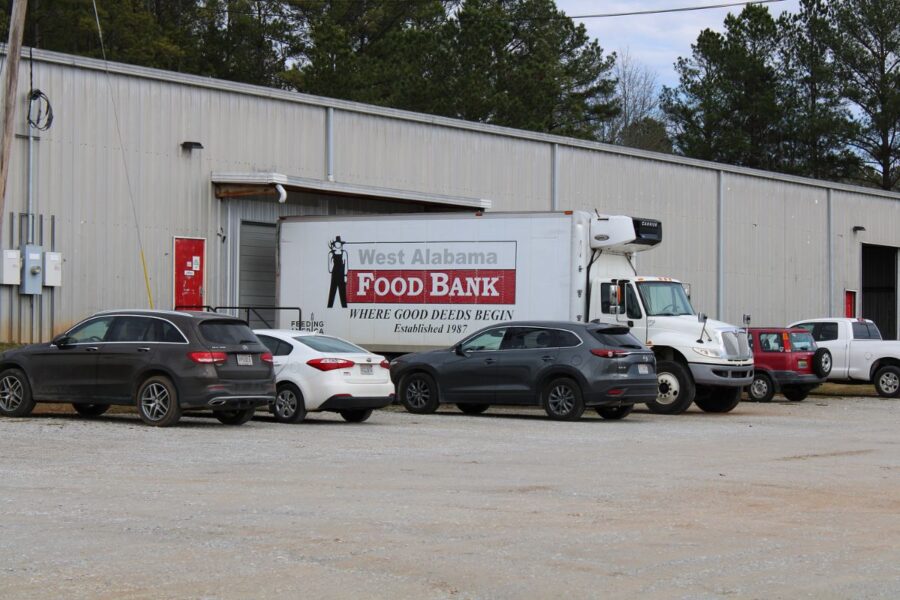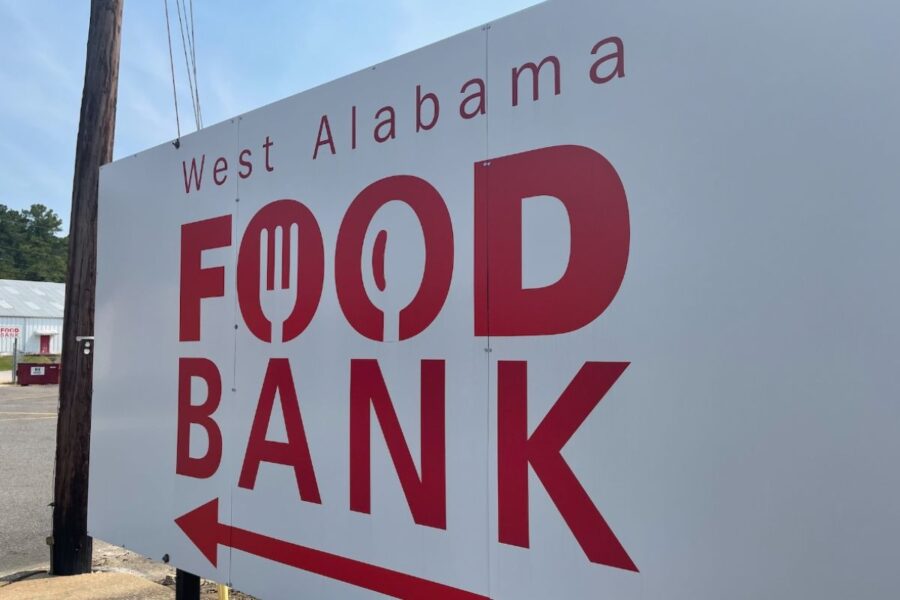West Alabama Food Bank Declines Donations: In the wake of the holiday season, the West Alabama Food Bank has made an unexpected decision to decline donations. This development raises questions about the reasons behind this decline and the implications it may have on the local community.
While the holiday season often brings an outpouring of support, it is crucial to the factors contributing to this decline and gain a deeper understanding of the ongoing challenges faced by food banks, such as the persistent issue of food insecurity in West Alabama.
By exploring the complexities of this issue, we can shed light on the need for consistent community support and examine potential solutions to address year-round food insecurity in the region.
Key Takeaways
- West Alabama Food Bank experiences a significant decline in donations after the holiday season, particularly during January and February.
- The food bank relies heavily on the generosity of individuals and businesses for support, with December being the month when they generate approximately 80% of their funds.
- Food insecurity is a persistent issue affecting thousands of people in West Alabama, with approximately 65,000 individuals impacted by this challenge.
- The West Alabama Food Bank, along with external agencies and organizations like the Salvation Army, are committed to providing support and addressing food insecurity throughout the year, challenging the misconception that hunger is only a holiday phenomenon.
Post-Holiday Donation Decline: West Alabama Food Bank Faces Slow Period
The West Alabama Food Bank is currently facing a slow period after the holiday season, with a noticeable decline in donations. This decline is a common trend experienced by the food bank, particularly in the months of January and February. During these months, the food bank observes a significant drop of approximately thirty percent in donations compared to the festive season.
In December, the food bank generates around eighty percent of their funds. This post-holiday donation decline poses challenges for the organization as they rely heavily on the generosity of individuals and businesses to support their mission of providing food to those in need.
The food bank will need to strategize and implement new initiatives to encourage donations during this slow period.
Year-Round Need for Assistance: Persistent Food Insecurity in West Alabama
Persistent food insecurity is a pressing issue that continues to affect thousands of individuals in West Alabama. Despite the post-holiday decline in donations, the West Alabama Food Bank, along with external agencies, has managed to avoid turning anyone away.
CEO Jean Rykaczewski emphasizes the year-round need for assistance, highlighting that approximately 65,000 people in the region are impacted by food insecurity. This challenges the misconception that hunger is only a holiday phenomenon. The food bank recognizes the importance of addressing food insecurity as an everyday reality and remains committed to providing support to those in need throughout the year.
While the holiday season may bring increased attention to the issue, it is crucial to acknowledge and address the persistent need for assistance in combating food insecurity in West Alabama.
Salvation Army’s Contribution: Empty Bowl Fundraiser Addresses Food Insecurity
Addressing food insecurity in West Alabama, the Salvation Army’s contribution includes the annual Empty Bowl Fundraiser. This charity event serves a dual purpose by raising funds for the nonprofit’s food pantry while drawing attention to the issue of food insecurity.
Here are four key points about the Salvation Army’s Empty Bowl Fundraiser:
- Fundraising for a cause: The Empty Bowl Fundraiser is a crucial fundraising event for the Salvation Army’s food pantry. The funds raised help them provide nutritious meals to individuals and families facing food insecurity in West Alabama.
- Raising awareness: By organizing the Empty Bowl Fundraiser, the Salvation Army aims to shed light on the issue of food insecurity in the community. This event helps raise public awareness and encourages community members to take action.
- Collaboration with the food bank: The Salvation Army works closely with the West Alabama Food Bank and other local organizations to source much of the food for their pantry. This collaborative effort ensures a steady supply of nutritious meals for those in need.
- Engaging the community: The Empty Bowl Fundraiser provides an opportunity for the community to come together and support a worthy cause. Attendees not only contribute financially but also gain a better understanding of the challenges faced by individuals experiencing food insecurity.
Through the Empty Bowl Fundraiser, the Salvation Army plays a vital role in addressing food insecurity in West Alabama, both through fundraising and raising awareness about this critical issue.

ALSO READ: Jefferson County Commission Plan to Provide Ambulances Unincorporated Areas
Challenges in Identifying Food Insecurity: Insights from Alabama Department of Public Health
One of the challenges in identifying food insecurity, as highlighted by the Alabama Department of Public Health, is the prioritization of fixed incomes towards housing and medication expenses.
Many individuals and families on fixed incomes struggle to meet their basic needs, including access to sufficient and nutritious food.
The reality of ongoing food insecurity underscores the importance of sustained community support, beyond the seasonal surges in donations. Nonprofits, like the West Alabama Food Bank, navigate slower months with a collective understanding of the perpetual need for assistance.
To effectively combat year-round food insecurity, consistent community support is essential. Here are four reasons why sustained assistance is crucial in addressing this issue:
- Perpetual Need: Food insecurity is not limited to the holiday season. Many individuals and families face hunger throughout the year, and consistent support ensures that they receive the assistance they need.
- Slower Months: Nonprofits often experience a decline in donations after the holidays. This emphasizes the need for ongoing community support to bridge the gap and provide resources during the slower months.
- Collective Understanding: By recognizing the constant need for assistance, communities can come together to create sustainable solutions that address food insecurity year-round.
- Impactful Change: Consistent support allows organizations to implement long-term strategies, such as education programs and partnerships with local farmers, to combat food insecurity effectively.

Conclusion Of West Alabama Food Bank Declines Donations
The West Alabama Food Bank continues to face challenges in meeting the year-round need for assistance due to persistent food insecurity in the region.
The Salvation Army’s Empty Bowl Fundraiser is making efforts to address this issue, but there are still difficulties in identifying and addressing food insecurity.
It is crucial for the community to provide consistent support to navigate the ongoing struggles of food insecurity in West Alabama.
Our Reader’s Queries
How many individuals does West Alabama Food Bank serve annually?
The West Alabama Food Bank collaborates with over 93 partner agencies, corporate partners, and a dedicated network of volunteers. Together, they strive to provide annual sustenance to over 200,000 children, families, and seniors.

